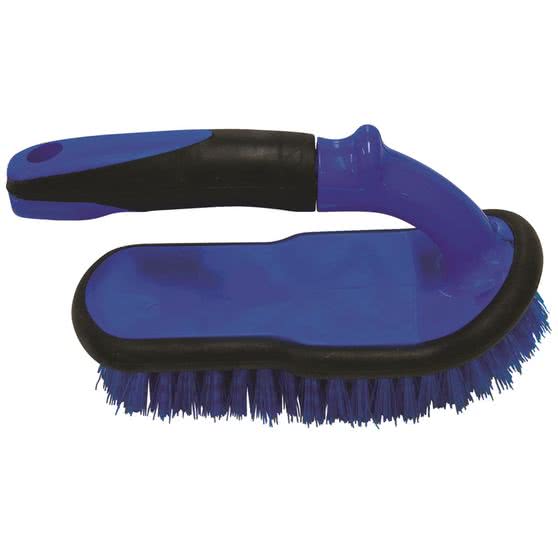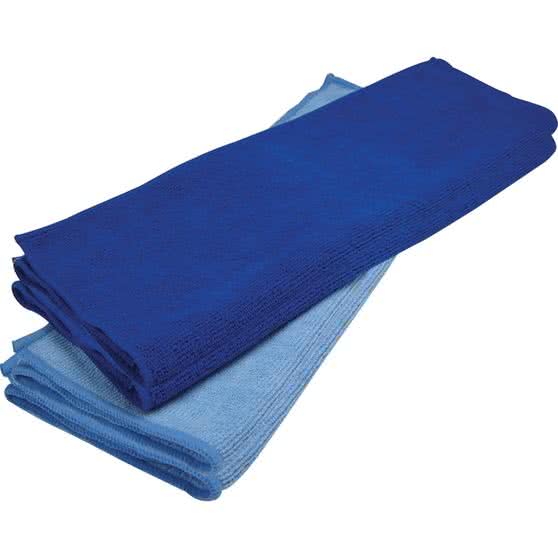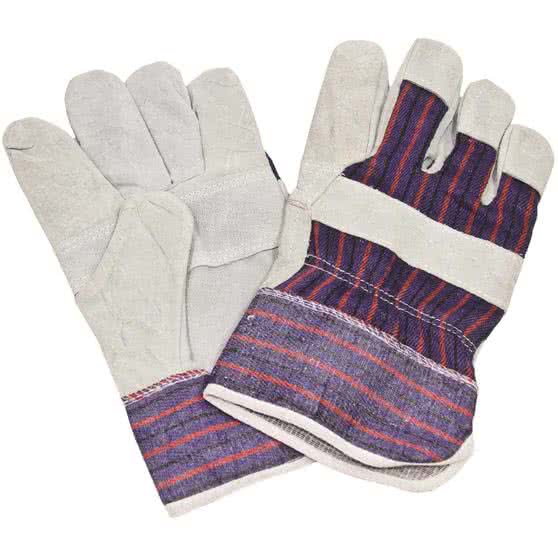How To Manage Mould in Your vehicle
Overview
What is Mould and Why is Mould Growing in my Vehicle?
Mould (or mold) is part of a group of very common organisms called fungi that also include mushrooms and yeast. It is present virtually everywhere, both indoors and outdoors and may grow in wet or moist areas lacking adequate ventilation. If you find mould growing in your vehicle then it is a sign that there is an excess of moisture build up - most often due to a leaky seal around a door or window.
Is Mould Dangerous?Not only is mould smelly and unsightly, but it can also be very dangerous. Mould spores can cause severe respiratory issues, especially in children, the elderly and people who suffer from asthma and other existing conditions. For these people, moulds can cause nasal stuffiness, throat irritation, coughing or wheezing, eye irritation, or, in some cases, skin irritation.

How do I Stop or Prevent Mould Growth?
Often, prevention is the best cure, and dealing with mould is no different. The best way to stop mould from growing in your vehicle is to make your vehicle unsuitable for mould to inhabit, which means ensuring that your vehicle is dry, clean and well ventilated. One of the most simple things you can do to prevent mould from appearing is to ensure that you regularly vacuum up any crumbs or bits of food that might have been dropped on the floor mats or down the sides of the seats.
How do I Get Rid of Mould in my Vehicle?If mould has already made your vehicle its home, then you will need to do some fairly thorough cleaning.
Please bare in mind that cleaning up mould needs to be completed with caution - ensure the appropriate safety gear is worn, it also may even be necessary to remove the seats, or the carpet completely.

What you'll need:
To clean floor mats and carpet, it’s a good idea to begin with a wet/dry vacuum or even a steam cleaner, and depending on the level of mould build up, it may even be necessary to remove the seats. Thoroughly clean the carpets with a good fabric carpet cleaner, particularly one with disinfectant properties. Once the cleaner has dried properly, vacuum the surface again.
Don’t forget to clean the roof liner, dashboard and interior glass, as well as inside the many storage compartments all around your interior. Once finished, leave the vehicle with all doors open in order to allow adequate ventilation.
If your vehicle has a musky or damp smell but there doesn’t appear to be any mould present, then it may be that there is mould underneath the carpet. In extreme cases, removing and cleaning your carpet and the materials beneath might not be enough - in which case you may even need to replace your interior carpet and underlay outright. Whether you remove your carpet to clean it or replace it, be sure to clean the steel floor too; any mould in the vehicle needs to be entirely eradicated as it can quickly grow back.
Finally, an anti-mould barrier should be applied in areas where mould is likely to return, and the root cause of the dampness should be attended to properly. Like we mentioned above, prevention is often the best cure.
Steps
*Important information* - Click here to read more about our DIY Advice Terms and Conditions.







